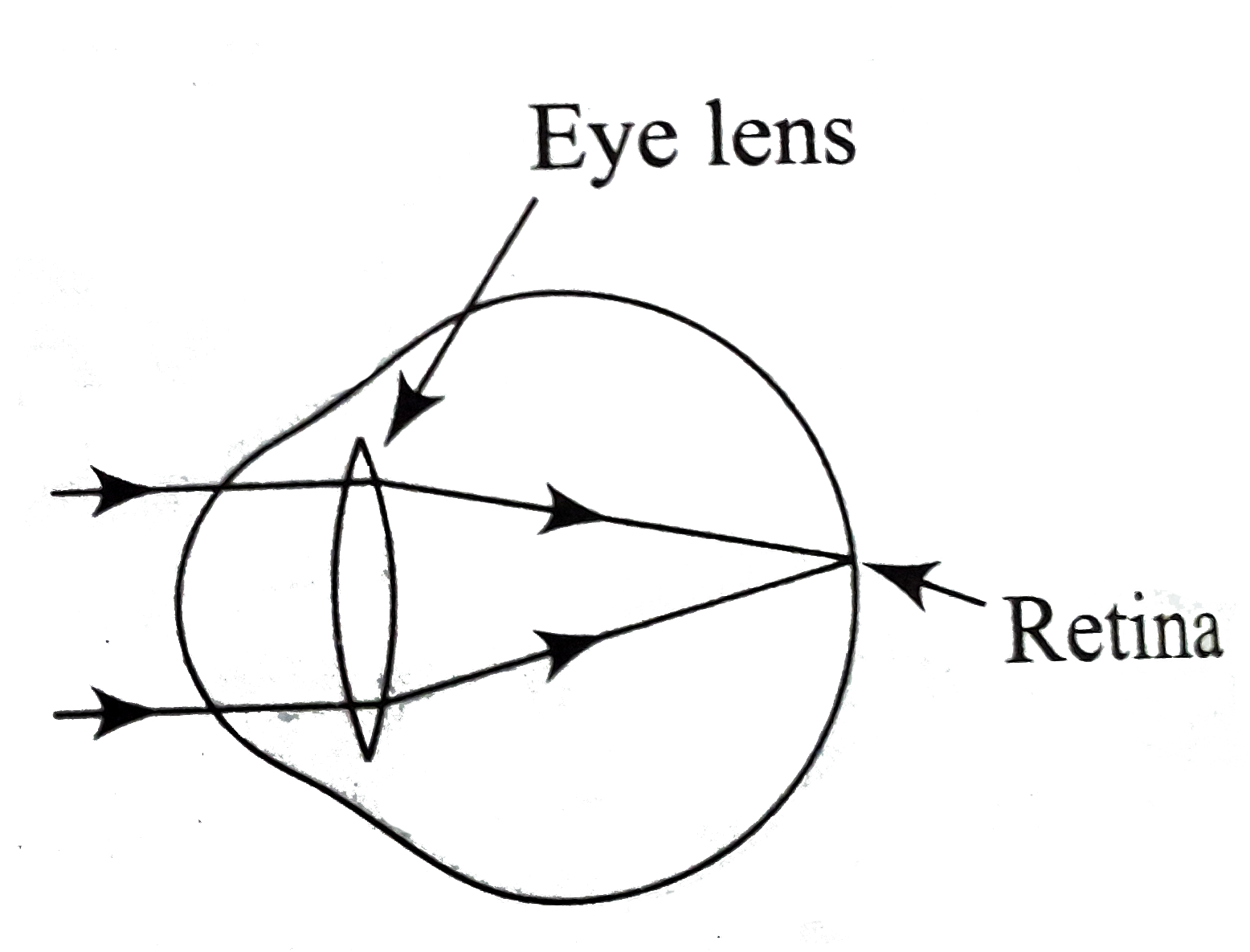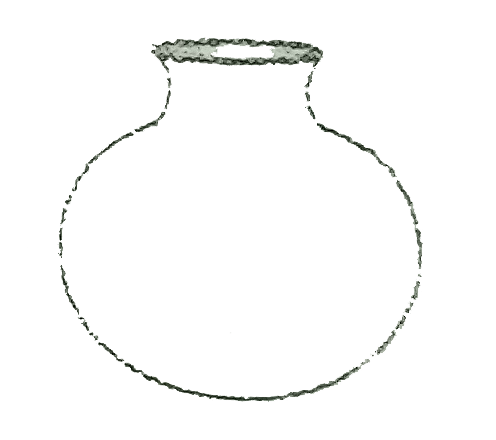A person eats 10gm of butter,10gm of pulses and 50gm of rice.The person also eats 5gm of spinach along with 100ml water.Gross calorific value of food consumed by the person is
380 kcal
330 kcal
356 kcal
500 kcal
To calculate the gross calorific value of the food consumed by the person, we need to determine the calorific value of each food item based on its macronutrient composition (fats, proteins, and carbohydrates). Here’s a step-by-step solution:
Step 1: Identify the food items and their quantities
- Butter: 10 grams
- Pulses: 10 grams
- Rice: 50 grams
- Spinach: 5 grams
- Water: 100 ml (water has no calorific value)
Step 2: Determine the calorific values per gram for each macronutrient
- Fats: 9 kilocalories per gram
- Proteins: 4 kilocalories per gram
- Carbohydrates: 4 kilocalories per gram
- Spinach has negligible calories, but we can estimate it to be around 2 kilocalories for 5 grams.
Step 3: Calculate the calorific value for each food item
1. Butter (Fat):
- 10 grams of butter = 10 g × 9 kcal/g = 90 kilocalories
2. Pulses (Protein):
- 10 grams of pulses = 10 g × 4 kcal/g = 40 kilocalories
3. Rice (Carbohydrate):
- 50 grams of rice = 50 g × 4 kcal/g = 200 kilocalories
4. Spinach:
- 5 grams of spinach = approximately 2 kilocalories
5. Water:
- 100 ml of water = 0 kilocalories
Step 4: Sum up the calorific values
Now, we can add up all the calorific values calculated:
- Total calorific value = 90 kcal (butter) + 40 kcal (pulses) + 200 kcal (rice) + 2 kcal (spinach) + 0 kcal (water)
Step 5: Calculate the total
Total calorific value = 90 + 40 + 200 + 2 + 0 = 332 kilocalories
Conclusion
The gross calorific value of the food consumed by the person is approximately 332 kilocalories.
---
- Butter: 10 grams
- Pulses: 10 grams
- Rice: 50 grams
- Spinach: 5 grams
- Water: 100 ml (water has no calorific value)
- Fats: 9 kilocalories per gram
- Proteins: 4 kilocalories per gram
- Carbohydrates: 4 kilocalories per gram
- Spinach has negligible calories, but we can estimate it to be around 2 kilocalories for 5 grams.
1. Butter (Fat):
- 10 grams of butter = 10 g × 9 kcal/g = 90 kilocalories
- 10 grams of pulses = 10 g × 4 kcal/g = 40 kilocalories
- 50 grams of rice = 50 g × 4 kcal/g = 200 kilocalories
- 5 grams of spinach = approximately 2 kilocalories
- 100 ml of water = 0 kilocalories
Now, we can add up all the calorific values calculated:
- Total calorific value = 90 kcal (butter) + 40 kcal (pulses) + 200 kcal (rice) + 2 kcal (spinach) + 0 kcal (water)
Total calorific value = 90 + 40 + 200 + 2 + 0 = 332 kilocalories
The gross calorific value of the food consumed by the person is approximately 332 kilocalories.
Topper's Solved these Questions
Similar Questions
If 15gm of a solute in 100gm of water makes a solution that freezes at −1.0 o C then 30gm of the same solute in 100gm of water will make a solution that freezes at:
View SolutionEvery gram of wheat provides 0.1 gm of proteins and 0.25 gm of carbohydrates. The corresponding values of rice are 0.05 gm and 0,5 gm respectively. Wheat costs Rs 4 per kg and rice Rs 6. The minimum daily requirements of proteins and carbohydrates for an average child are 50 gm and 200 gm respectively. In what quantities should wheat and rice be mixed in the daily diet to provide minimum daily requirements of proteins and carbohydrates at minimum cost?
View SolutionEvery gram of wheat provides 0.1 gm of proteins and 0.25 gm of carbohydrates. The corresponding values f rice are 0.05 gm and 0.5 gm respectively. Wheat costs Rs. 4 per kg ad rice Rs. 6. The minimum daily requirements of proteins and carbohydrates for an average child are 50 gms and 200 gms respectively. In what quantities should wheat and rice be mixed in the daily diet to provide minimum daily requirements. In what quantities should wheat and rice be mixed in the daily diet to provide minimum daily requirements of proteins and carbohydrates at minimum cost?
View SolutionA diet to two foods F1andF2 contains nutrients thiamine, phosphorous and iron. The amount of each nutrient in each of the food (in milligrams per 25 gms) is given in the following table: Food Nutrients, F1 , F2 Thiamine, 0.25, 0.10 Phosphorous, 0.75, 1.50 Iron, 1.60, 0.80 The minimum requirement of the nutrients in the diet are 1.00 mg of thiamine, 7.50mg of phosphorous and 10.00 mg of iron. The cost F1 is 20 paise per 25 gms while the cost of F2 is 15 paise per 25 gms. Find the minimum cost of diet.
View Solution10,000 small balls, each weighing 1 gm , strike one square cm of area per second with a velocity 100 m/s in a normal direction and rebound with the same velocity. The value of pressure on the surface will be
View SolutionThe ciliary muscles of eye control the curvature of the lens in the eye and hence can alter the effective focal length of the system. When the muscles are fully relaxed, the focal length is maximum. When the muscles are strained, the curvature of lens increases. That means radius of curvature decreases and focal length decreases. For a clear vision, the image must be on the retina. The image distance is therefore fixed for clear vision and it equals the distance of retina from eye lens. It is about 2.5cm for a grown up person.
A perosn can theoretically have clear vision of an object situated at any large distance from the eye. The smallest distance at which a person can clearly see is related to minimum possible focal length. The ciliary muscles are most strained in this position. For an average grown up person, minimum distance of the object should be around 25cm.
A person suffering from eye defects uses spectacles (eye glass). The function of lens of spectacles is to form the image of the objects within the range in which the person can see clearly. The image o the spectacle lens becomes object for the eye lens and whose image is formed on the retina.
The number of spectacle lens used for th eremedy of eye defect is decided by the power fo the lens required and the number of spectacle lens is equal to the numerical value of the power of lens with sign. For example, if power of the lens required is +3D (converging lens of focal length 100/3cm ), then number of lens will be +3.
For all the calculations required, you can use the lens formula and lensmaker's formula. Assume that the eye lens is equiconvex lens. Neglect the distance between the eye lens and the spectacle lens.

Q. A person can see objects clearly from distance 10cm to ∞. Then, we can say that the person is
View Solution10 g of solute A and 20gm of solute B are both dissolved in 500ml water. The solution has the same osmotic pressure as 6.67 gm of A and 30 gm of B dissolved in the same amount of water at the same temperature. What is the ratio of molar masses of A and B?
View Solutionx×10−2 gm of NaOH should be used up to prepare 200ml of a solution with PH= 12. Find the value of x
View SolutionA pitcher contains 200kg of water 0.5gm of water comes out on the surface of the pitcher every second through the pores and gets evaporated taking energy form the remaining water. Calculate the approximate time (in min) in which temperature of the water decreases by 5∘C. Neglect backward heat transfer form the atmosphere to th water. (Write the answer to the nearest interger)
Specific heat capacity of water =4200J/Kg∘C
Latent heat of vaporization of water 2.27×106J/Kg

View Solution10gm of solute A and 20gm of solute B both are dissolved in 500ml. Of water. The solution ha the same osmotic pressure as 6.67gm of A30g of B are dissolved in the same volume of water at the same temperature. What is the ratio of molar masses of A and B.
View Solution